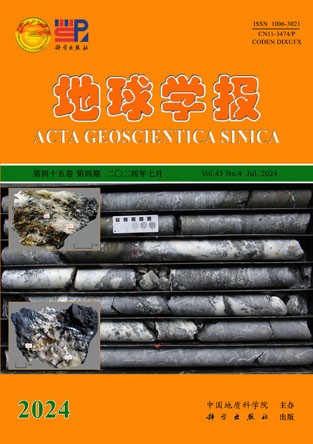
|
封面故事:木利锑矿床矿石照片。华南锑矿带是我国乃至世界上最重要的锑成矿带, 分布有众多大型-超大型单锑型锑矿床。同一矿田内, 部分矿床以“石英+辉锑矿”的矿物组合为主, 部分以“方解石+辉锑矿”的矿物组合为主; 而矿床尺度内, 又往往表现为上部“石英+辉锑矿”, 下部为“方解石+辉锑矿”的“两层楼模式”。作者于2015年首次向木利锑矿山提出了寻找深部“方解石+辉锑矿”型锑矿体第二找矿空间的设想, 上述观点也在近年矿山的坑探工程中得到验证, 获得了约5万t锑矿金属量的增储。这项由昆明理工大学王加昇教授取得的研究成果, 详见本期第502-514页。(图片提供: 王加昇)
Cover Story:Ore characteristics of Muli antimony deposit in Yunnan. The South China antimony ore belt, composed of numerous large to super- large pure stibnite deposits, is China’s most important an-timony metallogenic belt and even in the world. Some deposits within the same ore field show a “quartz + stibnite” mineral assemblage, while some show a “calcite + stibnite” mineral assem-blage. Conversely, when these assemblages co-exist in the same deposit, “quartz + stibnite” is usually located in the upper part, and “calcite + stibnite” in the lower part. This model is first named as the “two-story binary metallogenic model” in this study. In 2015, we proposed finding a second prospecting space for deep “cal-cite + stibnite” type antimony ore bodies in the Muli antimony mine. This idea has been verified in recent tunnel explorations, resulting in ~50 000 t of antimony ore metal reserves. The research achievement was led by Professor WANG Jiasheng, Kunming University of Science and Technology. For details, see pp. 502-514 of this issue. (Photo by WANG Jiasheng)
|

